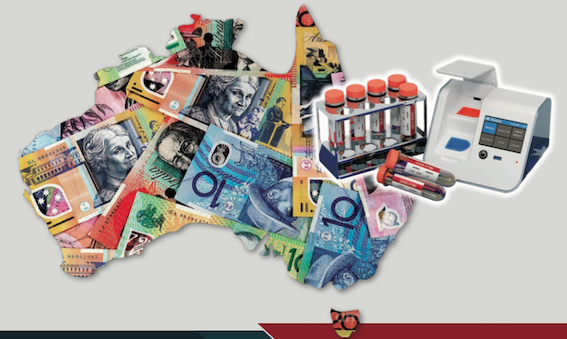
image credit- shutterstock
The Federal government is committed to its Long Term National Health Plan, through important and strategic investments to deliver the world’s best health care system to the Australians, including $537 billion over the next four years, up $34 billion compared to the 2021–22 Budget; $45.5 billion over four years to access more a ordable medicines through the Pharmaceutical Bene ts Scheme (PBS), and more than $2.4 billion this Budget to add vital new medicines to the PBS,” said Greg Hunt, Minister for Health and Aged Care, Government of Australia.
In his Budget remarks the Minister for Health and Aged Care said “As we move to living with COVID-19, it is important that Australians refocus on their overall health. We are investing $55.7 million to encourage Australians to resume having their regular health checks, diagnostic screening, and other preventive health activities.
This investment includes: $10.2 million for a cervical cancer screening campaign promoting the rollout of self-collect tests; $10.2 million for a colonoscopy triage nurse pilot to help improve colonoscopy access; $9.7 million for short term surge capacity for BreastScreen Australia; $5.9 million for rapid cervical screening testing and follow-up, including Aboriginal Torres Strait Islander communities, and $4.1 million for a pilot of non-medical healthcare provider delivery of cervical screening.”
He further said “Part of this funding will also remind Australians to refocus on their overall health with a new $15 million communication campaign encouraging people to stay up to date with their health checks and to encourage continued uptake of telehealth.”
The Australia’s primary health care system is world class and has been the front line and rst point of contact for many Australians, including during the COVID-19 pandemic. Since committing to the release of Australia’s Primary Health Care 10 Year Plan, the Government has implemented $1.1 billion in primary care measures, with an additional investment of $632.8 million in this Budget. This brings the total investment in the Primary Health Care 10 Year Plan to $1.7 billion, far in excess of the initial investment objective of $448 million.
Throughout the COVID-19 pandemic, the government has committed almost $4 billion through the COVID-19 primary care response. This record and ongoing investment is ensuring primary health care can deliver the best contemporary health care, to meet the challenges of today and tomorrow.
The government is building on the 10-Year Stronger Rural Health Strategy within the Primary Health Care 10 Year Plan, to focus on improving health outcomes by ensuring there is quality health workforce distributed across the country according to community need.
The 10-Year Stronger Rural Health Strategy was unveiled in 2018–19 and the Government originally invested $550 million in the Strategy. This investment is built on through $296.5 million in the 2022–23 Budget. The government is continuing to improve access to critical and life-saving diagnostic imaging in regional and rural areas, with a $66 million investment through the deregulation of Medicare funded Magnetic Resonance Imaging (MRI) services in MMM 2–7 areas.
Click here to read the full story....




